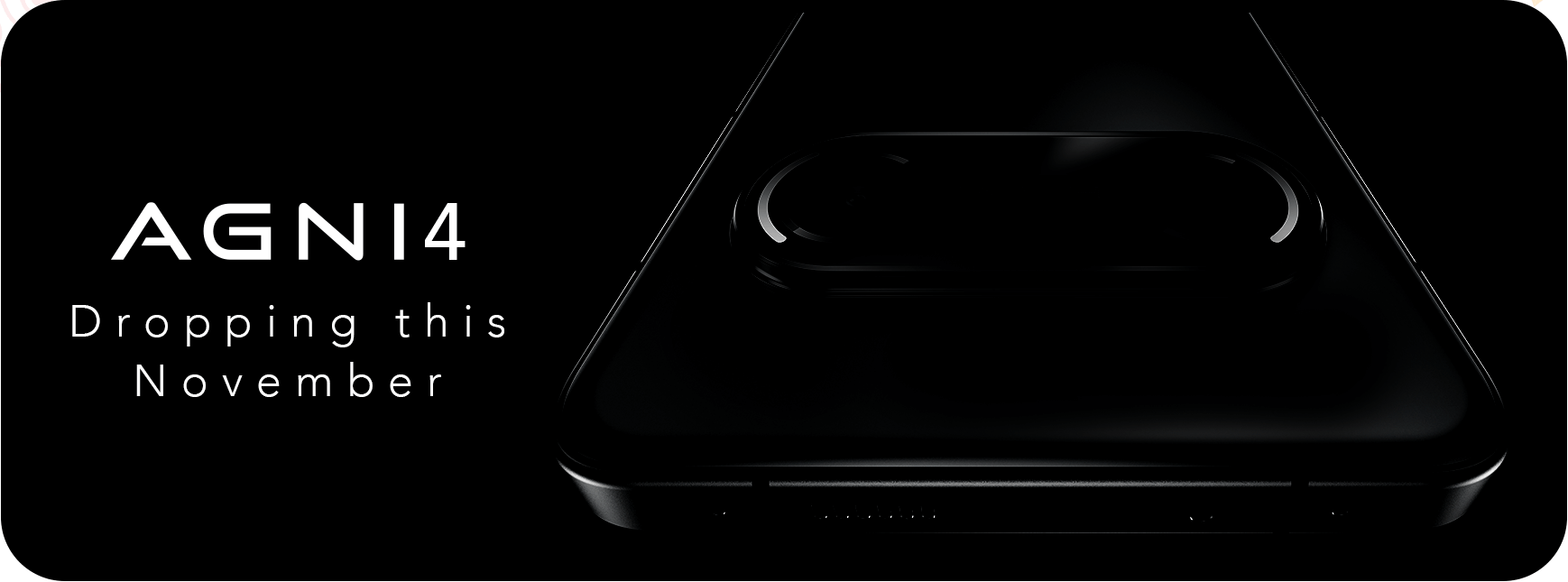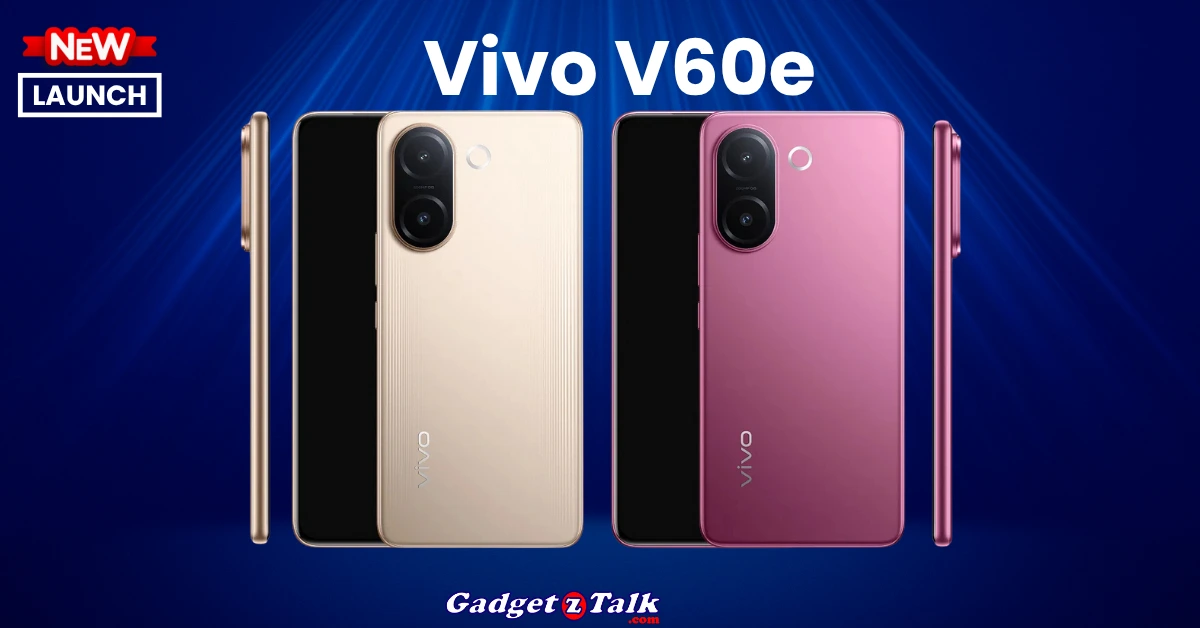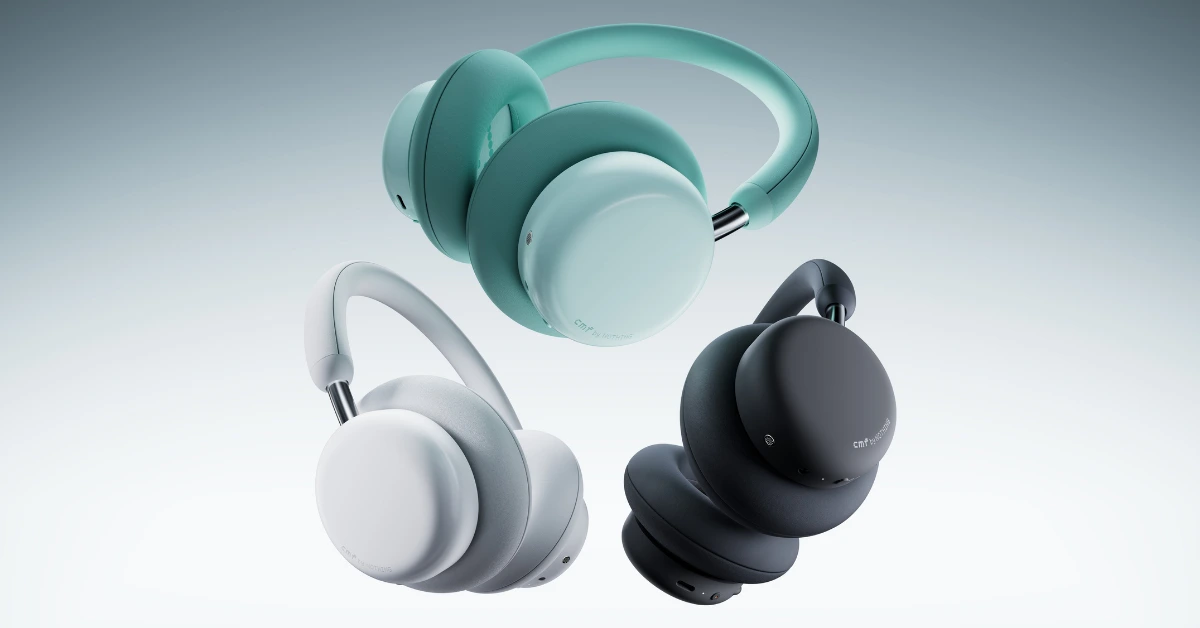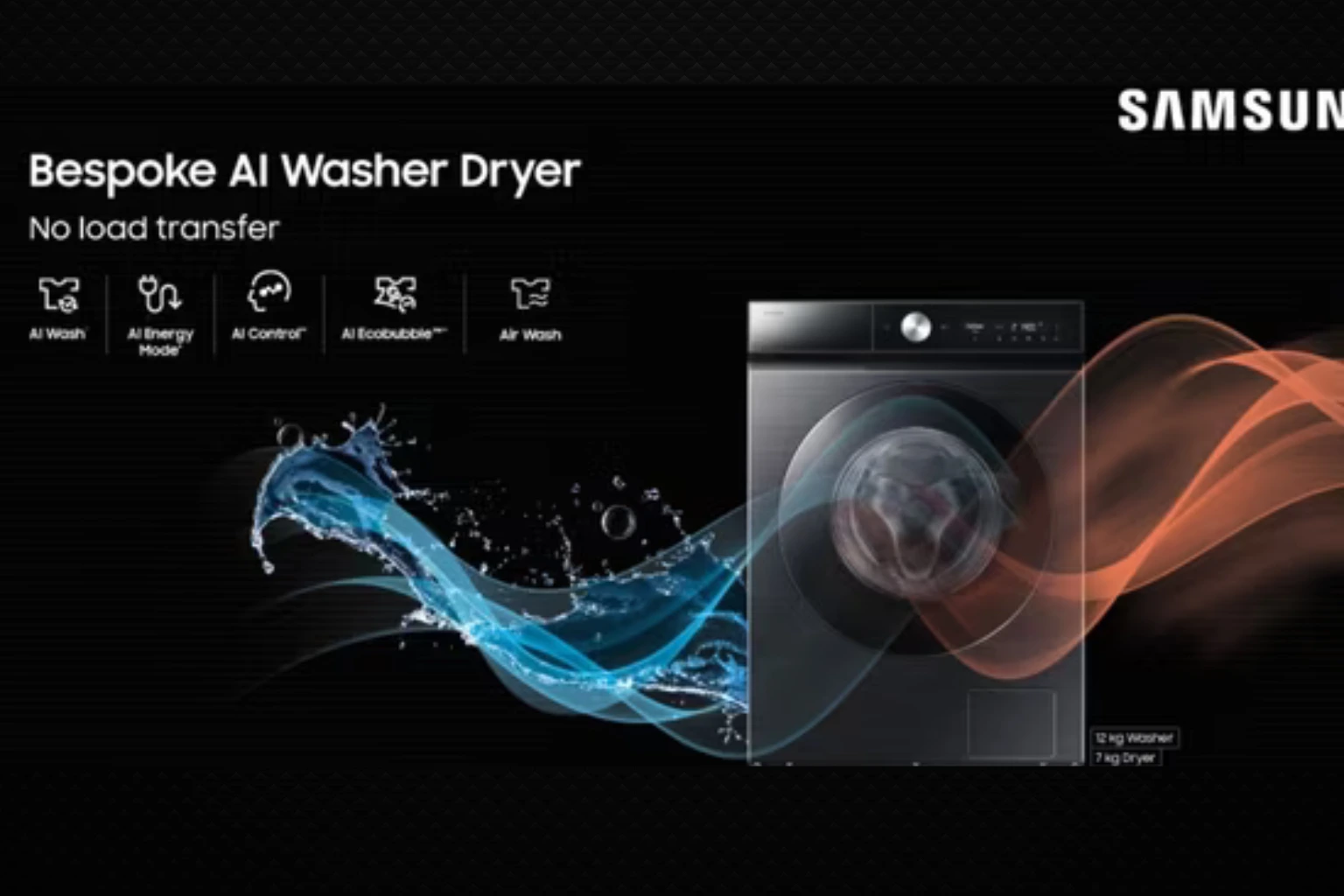भारतीय स्मार्टफोन कंपनी Lava अपनी Agni सीरीज़ का नया फोन Lava Agni 4 भारत में लॉन्च करने जा रही है। कंपनी ने
Gadgetztalk भारत की एक भरोसेमंद टेक न्यूज़ और गैजेट्स अपडेट वेबसाइट है, जहाँ आपको स्मार्टफोन लॉन्च, लेटेस्ट गैजेट्स, टेक्नोलॉजी अपडेट्स, ऑटो-टेक न्यूज़, और रिव्यूज़ से जुड़ी हर जरूरी जानकारी मिलती है। हमारा उद्देश्य है कि आपको तेज़, सटीक और आसान भाषा में हर टेक्नोलॉजी से जुड़ी न्यूज़ और अपडेट्स समय पर मिलें। चाहे बात हो मोबाइल फोन्स की, स्मार्टवॉच और इयरबड्स की, या फिर नई टेक्नोलॉजी इनोवेशन की – Gadgetztalk पर आपको सबकुछ मिलेगा। Gadgetztalk पर हम मानते हैं कि Technology हर किसी के लिए आसान होनी चाहिए। इसलिए हम News, Reviews और Tech Tips इस तरह प्रस्तुत करते हैं कि हर यूज़र आसानी से समझ सके।
और जानने के लिए देखें हमारा पूरा पेज: Read More About Us →













